What is Lower Extremity Venous Thrombosis? Why do some people get lower extremity vein thrombosis?
Thanks to Goku for the invitation! Lower extremity venous thrombosis is a blood clot that forms in the veins of the lower extremities when the slow flow of venous blood pools in the veins due to a variety of reasons.
People who sit for long periods of time every day, people who are bedridden for long periods of time, elderly people who suffer from high blood pressure, and people who take hormones for long periods of time are prone to an increased incidence of venous thrombosis in the lower extremities.
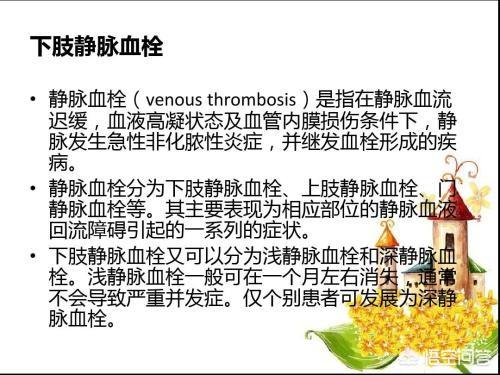
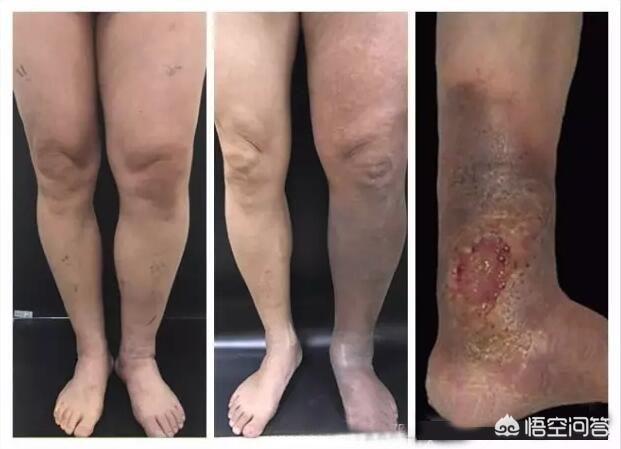

Deep venous thrombosis (DVT) is an abnormal clotting of blood in the lumen of a deep vein, blocking the vein and causing obstruction of blood return, resulting in clinical symptoms such as distal venous hypertension, limb swelling, pain, and dilatation of superficial veins.Most common in the lower extremities,Mild disability or sudden death.. It kills more than 800,000 people in the United States and Europe each year and is responsible for more than twice as many deaths as cancer, AIDS and traffic accidents combined.
DVT can be categorized asPeripheral, central and mixed3 types.
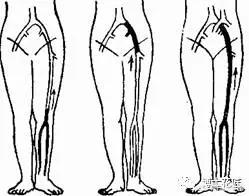
I. Direct causes of morbidity
Vein wall damage, slow blood flow and hypercoagulable state of the blood。
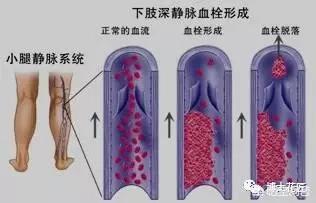
II. Risk factors for morbidity
Advanced age, obesity, paralysis, prolonged bed rest, trauma, surgery (especiallyHip and knee replacement), cancer, long-term use of contraceptives or hormones, history of cerebral thrombosis or lower extremity venous thrombosis, and patients who have stopped taking medication after stent placement.
III. Main symptomatic manifestations
DVT often forms at the back of the venous valves, blocking blood flow. The affected limb is suddenly swollen and painful, worsening with activity and relieved by elevation. GeneralMore on the left than on the rightBecauseRight common iliac artery riding across left common iliac vein, easy to form compression.
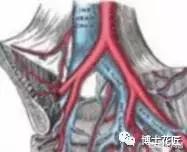
Patients with severe DVT may developwhite or even blue swelling of the femur.. Femoral whitening is marked swelling and severe pain in the entire lower extremity, with pressure pain in the femoral triangle, popliteal fossa, and posterior calf, and pale skin, accompanied by elevated body temperature and rapid heart rate.Bruises and swelling of the femur are the most serious, as the iliofemoral vein and its side branches are all occluded by the thrombus, venous return is severely impeded and tissue tension is extremely high.Causes arterial spasms in the lower extremitiesThe clinical manifestations of limb ischemia include severe pain in the affected limb, shiny blue-purple skin, low skin temperature with blisters, loss of dorsalis pedis arterial pulsation, strong systemic reaction, elevated body temperature, and even shock and venous gangrene.

Once a thrombussheddingThen it travels with the blood flow along the veins to the heart and then enters the pulmonary arteries, eventually blocking the blood vessels in the lungs and causing pulmonary emboli sm (PE).PE Clinical manifestations:Chest pain (noticeable with deep breathing and coughing), hemoptysis, expiratorysuction difficulties, heartburn and discomfort.


IV. Inspection
On examination, there was marked swelling of the affected limb, positive Homans' sign (i.e., pain in the gastrocnemius muscle when the foot was sharply dorsiflexed in the knee-extension position), and Luke's sign (i.e., pain in the gastrocnemius muscle, with an increase in pain with anterior-posterior compression). Check blood D-dimer, etc. as well asLower Extremity Vascular Ultrasoundetc.
V. Prevention
1. Wear gradient compression stockings, use plantar vein pumps, etc. to accelerate blood circulation in the endings of the extremities.
2. Massage the calves, arms and other parts of the body with slightly poor blood flow to increase blood flow.
3、Strengthen the exercise of DVT prevention drill, i.e. active or passive flexion, extension and rotation of both feet, heel sliding, straight leg raising, squeezing the calf muscle group, contraction of the quadriceps, etc..
After the formation of thrombus, it is forbidden to massage the thrombus site, so as to avoid thrombus dislodgement caused by PE. the above action, the intensity should not be too large, to the degree of tolerance of the patient as the main, cardiopulmonary insufficiency should be appropriately reduce the amount of exercise and accompanied by a family member.
VI. Treatment
Preferred non-surgical therapies, such as thrombolysis, anticoagulation, filter placement and other interventional means, and surgical treatment if necessary. Patients with acute DVT need bed rest for 1 to 2 weeks to reduce local pain and promote the subsidence of the inflammatory response.
1, Thrombolysis is currently controversial.
2、Anti-coagulation therapy is the basic treatment for DVT patients, which can be categorized into short-term and long-term anticoagulation. The purpose of short-term anticoagulation is to prevent the continuous spread of already formed thrombus, and the most used drugs in the clinic arelow-molecular heparin, subcutaneous injection 1 to 2 times/day, administered by weight (100 IU/Kg). Does not pass the placental barrier, available for pregnant women. Extreme obesity (body weight >100kg), extreme emaciation (body weight <40kg) administered according to body weight, renal insufficiency is appropriate to reduce the dosage. Use with caution when endogenous creatinine clearance is <30mL/min. Since it is difficult to completely eliminate the risk factors of DVT, there is a risk of long-term recurrence, and long-term anticoagulation therapy is accordingly required. Currently, the main clinical practice is to useWarfarin, Rivaroxabanfor the drugs represented. For patients with DVT in general, ACCP recommends long-term anticoagulation for 3-6 months. For certain patients with high-risk factors such as abnormal coagulation mechanisms, lifelong anticoagulation is recommended.
3. For those who are at risk of anticoagulation or whose DVT has progressed rapidly to above the knee joint or iliofemoral vein, other treatments such as implantation of inferior vena cava filter and surgical removal of thrombus (in the case of femoral cysticercosis) are recommended.
Today there is a patient in the hospital, is an office worker, staring at the computer for a long time, usually inactive, recently there is a piece of the left calf feels uncomfortable pressure pain walking pain, but also a little bit of redness and swelling, come to the hospital was diagnosed as lower extremity superficial venous thrombosis, because the symptoms are relatively mild doctor told more attention to the exercise, with a little anticoagulant medication can be.
This patient is due to the sedentary slow blood flow, usually do not like to move, with the passage of time the venous blood has been in a state of stagnation, which led to the lower extremity vein thrombosis.
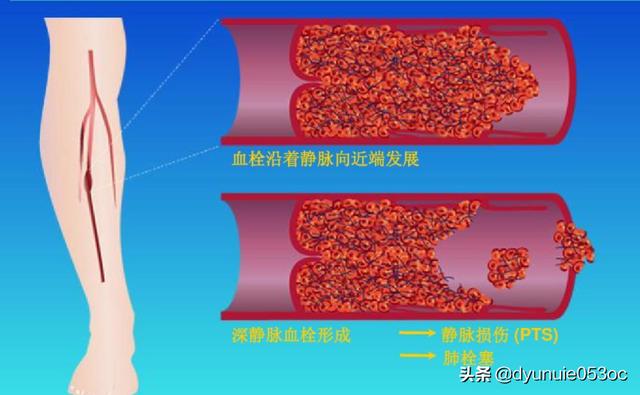
Lower extremity venous thrombosis refers to blood in the veins of the lower extremities that, for many reasons, causes it to clot and form a blood clot.
Damage to the inner walls of the veins in the lower extremities, slow blood flow, and thicker blood are the causes of venous thrombosis in the lower extremities.
Lower extremity venous thrombosis is also divided into superficial and deep, superficial lower extremity venous thrombosis is usually not easy to dislodge, so there is not much harm to the human body, but deep lower extremity venous thrombosis will lead to swelling of the legs, there is an obstacle to the flow of blood, pain in the legs, and seriously lead to bruising of the skin, the temperature of the skin decreases, and the tissues will become necrotic.

What kind of people are susceptible to lower extremity venous thrombosis?
1, obesity: obesity will have a negative impact on the body's metabolism, so that the blood becomes viscous, coupled with obesity will lead to greater pressure on the lower extremities, it is easy to form blood clots.
2, older people: because the older people, the body organs and functions will have a certain decline, the veins will also decline, which can easily lead to blood flow slows down the situation, resulting in the emergence of blood clots.
3, sedentary, long-term bedridden are likely to lead to blood pooling in the legs, resulting in thrombosis.
4, patients with malignant tumors are prone to lower extremity venous thrombosis, malignant tumors will release a kind of pro-coagulant substances, which will lead to easy coagulation of blood to form blood clots.
5. Damage to the legs or bone damage is likely to lead to blood clogging in the veins, which can lead to venous thrombosis.
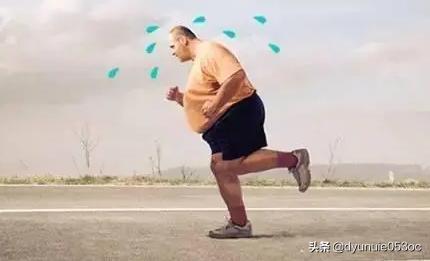
So how do you prevent venous thrombosis in the lower extremities?
Do not be too obese, need to control weight, you can do some exercise in normal times, exercise can promote blood circulation in the legs, avoid always in a sitting or lying down situation.
In sitting and standing should pay attention to regular leg relief and leg exercise massage, usually try to wear some loose pants, tight pants are not conducive to the circulation of blood in the legs.
Usually pay attention to the amount of nutritional intake, lipid sugar intake should be carried out some control, to prevent blood viscosity.
It is recommended that if you have discomfort in the legs must come to the hospital as soon as possible for examination, early detection of problems early prevention and early treatment.
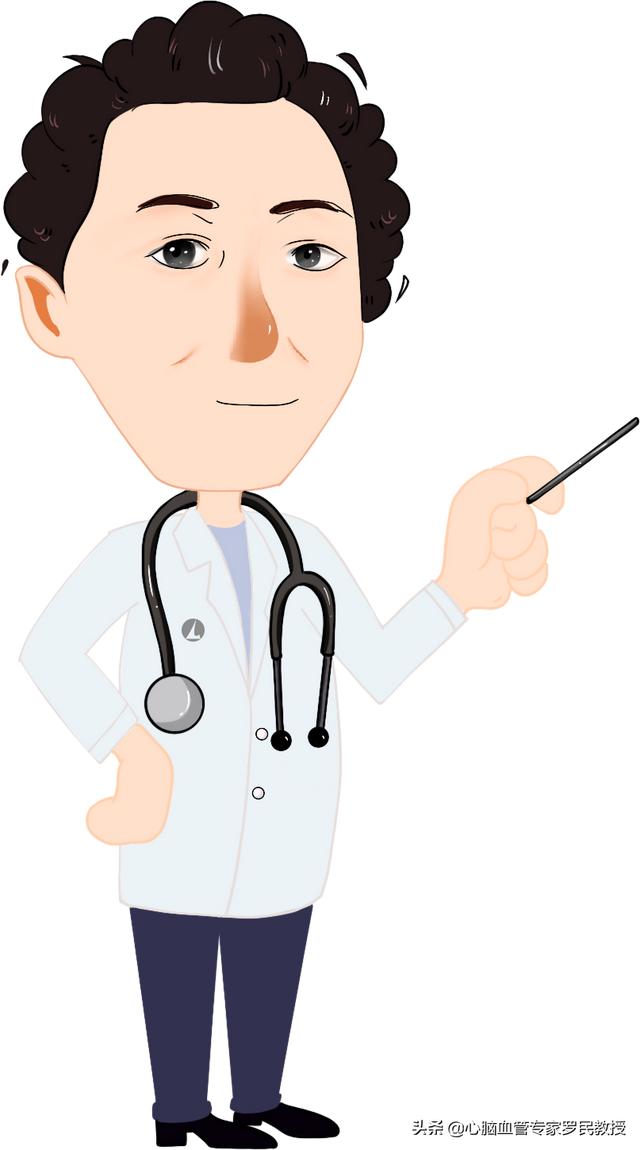
I hope my answer helps you!
If there's anything you don't understand, comment and private message me!
Trouble comes out of the mouth and disease enters in by the mouth. The main thing is to control their own mouth, now people generally get sick almost and eat and drink have a relationship, high fat, high sugar, high meat and high salt, these things are harmful to the human body, but also is not conducive to the treatment of lower extremity deep vein thrombosis, away from these things, the food has been light, vegetables and fruits are mainly to reduce the total cholesterol and LDL cholesterol indicators, improve the high-density cholesterol, more exercise, do not exertion, usually drink more boiled water, avoid drinking taboo! Rivaroxaban is more effective than warfarin sodium, but the cost is high. DVT is not only related to diet, but also to one's own coagulation and hemolytic functions, which are out of balance when one has this disease. In addition, it is also related to one's own genes. In short, keep your mouth shut and your legs open.
This question and answer are from the site users, does not represent the position of the site, such as infringement, please contact the administrator to delete.